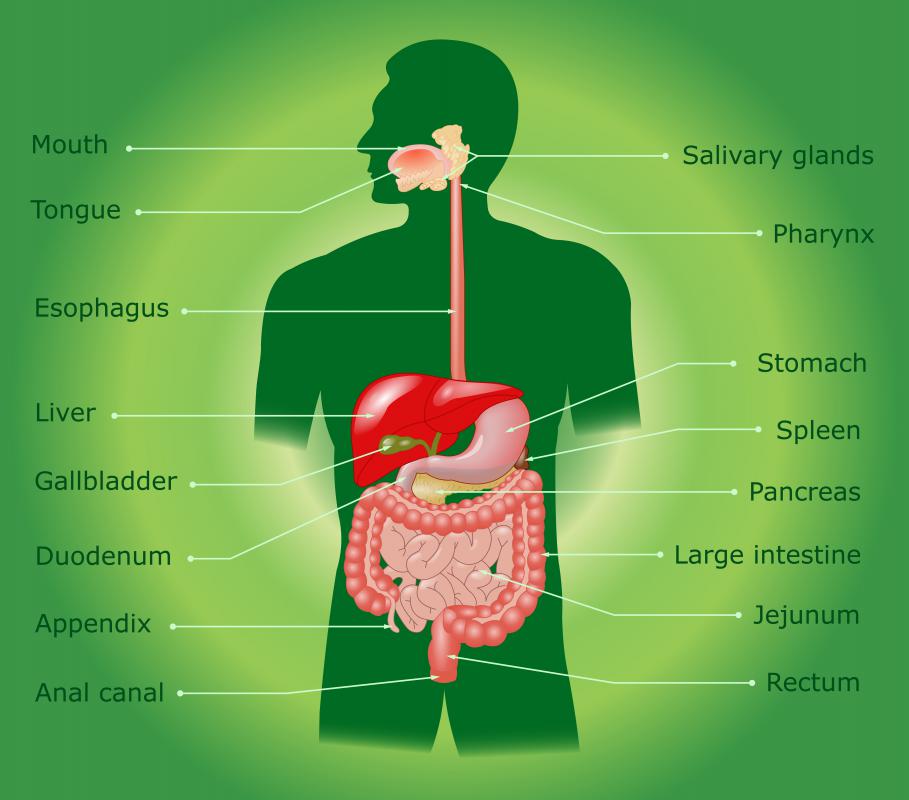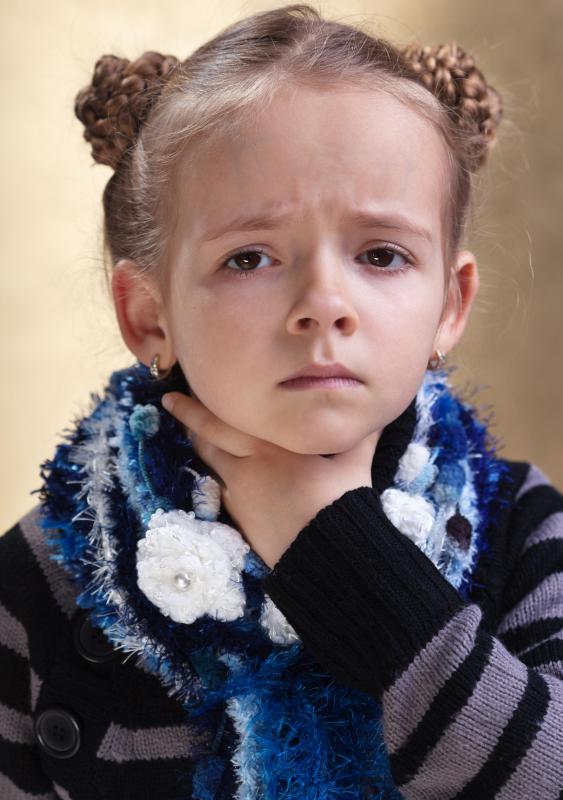At TheHealthBoard, we're committed to delivering accurate, trustworthy information. Our expert-authored content is rigorously fact-checked and sourced from credible authorities. Discover how we uphold the highest standards in providing you with reliable knowledge.
What are the Symptoms of Mumps in Children?
The most common symptoms of mumps in children are often quite general, and include earache, sore throat, and fever. Swelling of the salivary glands, which can cause the cheeks to appear swollen, is one of the most distinctive symptoms. About one third of those who become infected with the mumps virus do not exhibit symptoms, especially children under the age of two. When they do arise, symptoms usually occur when the virus begins to infect other parts of the body like the glands, the pancreas, testicles, and ovaries.
The general nature of some of the symptoms of mumps means that this illness may be confused with other viruses. Earache, headache, sore throat, and pain when swallowing are symptoms of mumps in children, but can also indicate a number of different illnesses. These symptoms may be accompanied by a fever of 101° to 104° F (38° to 40° C) that lasts two to three days.

In many cases, children will also experience swelling and pain in one or more of the salivary glands. This can result in the jaw and one or both cheeks appearing swollen. Other symptoms include pain when swallowing and pain when eating sour foods or drinking sour liquids like orange juice. Tiredness, aching muscles and joints, a poor appetite, and vomiting are also symptoms of mumps in children.

Once a child encounters the virus, the incubation period from when he is infected until he exhibits symptoms is usually 16 to 18 days, but can be up to 25 days. Infected people can spread the virus, particularly through coughing or sneezing, one to two days before they begin to show symptoms and for five to nine days after. Mumps occur most often in children aged two through 12 years old, although unvaccinated adults are also susceptible to the virus. Mumps virus infections are more common in the spring, especially April and May.

The complications from mumps can be serious. About one in ten children who get mumps will also get meningitis, which is the inflammation of the membranes surrounding the brain and spinal cord. Occasionally, children will develop encephalitis, which is the inflammation of the brain itself. In rare cases, mumps can cause deafness or death.
Although it may be uncomfortable, mumps is usually harmless and will run its course in about ten days. Before children were routinely vaccinated against the virus, it was a common childhood illness affecting 100,000 to 200,000 people each year. Today it is a rare disease. Parents can treat the symptoms of mumps in children with pain medication to lessen the discomfort.
AS FEATURED ON:
AS FEATURED ON:















Discuss this Article
Post your comments